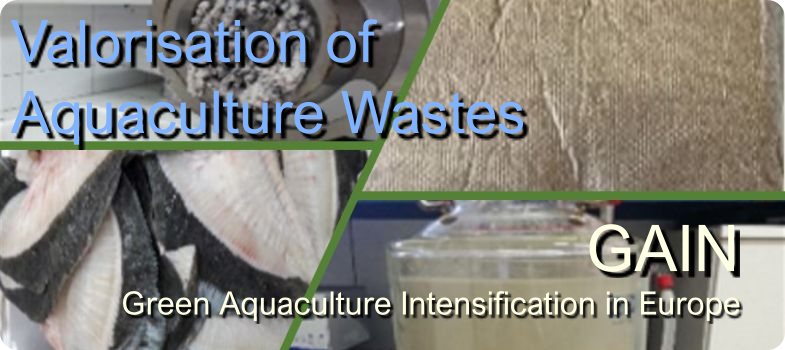Analytical determinations for FPH
In summary, the methods more appropriate for the complete chemical characterisation of FPH can be classified depending on the type of analytical procedure applied: using gravimetry, spectrophotometry, and chromatography.
Gravimetric analysis
- Quantification of moisture, ash, and organic matter content for initial substrates and for dry final FPH by gravimetry after drying at 105ºC and 550ºC.
- Presence of total fat on dry samples, previously degreased, by solvent extraction (Soxhlet) of the lipids and final gravimetric measurement.
Spectrophotometric analysis
- Determination of the total soluble protein in liquid FPH by Lowry method or similar. This method is based on the initial reaction of copper ions with peptide bonds in an alkaline medium together with the oxidation of aromatic residues of proteins. The intensity of the blue-purple color generated is dependent on the protein concentration present and directly quantifiable by visible spectrophotometry at 750 nm.
- Quantification of the total protein from dry FPH based on the measurement of total nitrogen by Kjeldahl digestion, reaction with salicylate/cyanurate, spectrophotometric measurement, calibration against an ammonium sulfate curve, and transformation into total protein using a conversion factor (x 6.25).
- In vitro digestibility of FPH by enzyme digestion (pepsin method).
Chromatographic analysis
- Determination of fatty acid profile from fish oil, recovered in the process of FPH production, by gas-chromatography and mass detector.
- Quantification of amino acid present in FPH by ion-exchange chromatography system.
- Characterisation of the peptides profile (<1.2 kDa) by size exclusion chromatography (SEC-HPLC).
- Determination of the average molecular weight by gel permeation chromatography (GPC) and combined detection using refractive index (RI) and dual-light scattering equipment.
